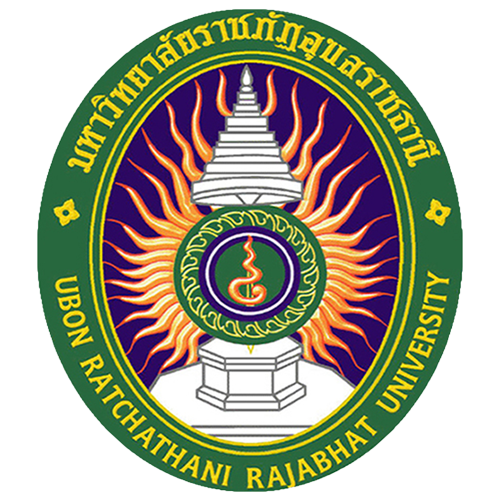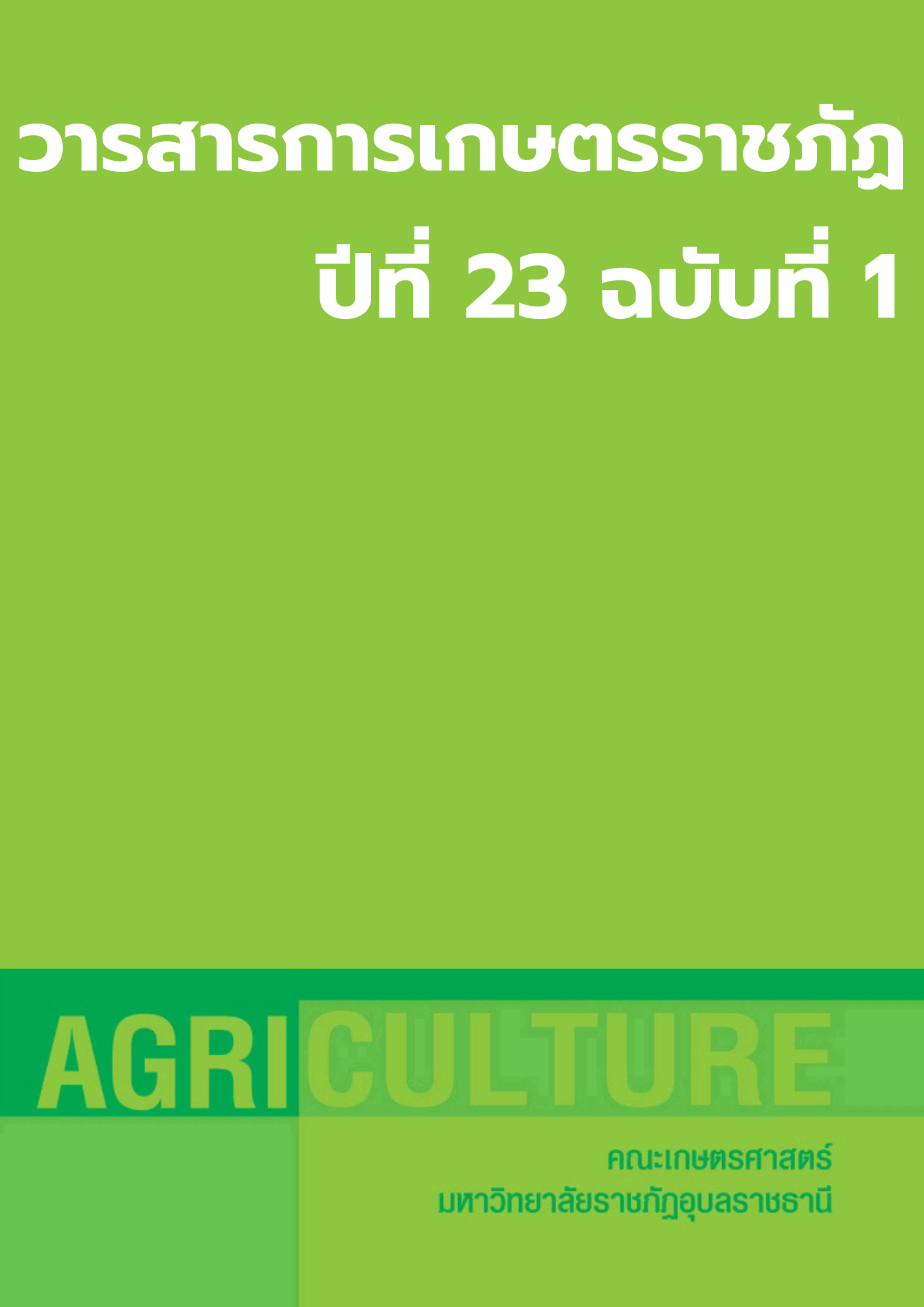The Effect of Various Solvents on Carotenoid Content in Leaves of Nine Sweet Potato Varieties ธัญญารัตน์ แตงสีนวล นนทวัฒน์ มากดี อนุกูล ศรีไสล สุพัตรา คำเรียง ฆนาลัย เข็มเอี่ยม ปรมาภรณ์ วงค์คำชาญ และ ภัทร์ลดา สุธรรมวงศ์
Main Article Content
Abstract
The objective of this study was to determine suitable solvents for extracting carotenoids from leaves of nine sweet potato varieties in dry leaves. The experiment followed a Factorial Completely Randomized Design (Factorial in CRD). Factor 1; comprised nine sweet potato varieties, including Carrot, Orange Okinawa Kugami Imo, Beni Haruka, Tanega Murasaki, Purple Okinawa Beni Imo, Purple Sweet Road, White, White-Oriental, Sakura White. Factor 2; involved three types of solvents: Acetone: Hexene, Hexene 100%, and Acetone 100%. The results showed that the varieties, solvents, and interactions between the varieties and solvents significantly affect the amount of carotenoid extracts in dried sweet potato leaves. Acetone: Hexane solvent type notably impacted the Oriental White variety, exhibiting the highest beta-carotene content at 148 µg/100gDW, followed by the Purple Okinawa Kugami Imo variety (141.50 µg/100gDW) and Taneka Murasaki variety (112.30 µg/100gDW). Additionally, the highest lycopene content, extracted with 100% Acetone solvent, was observed in the White variety, registering at 256.30 µg/100gDW, followed by the Orange Okinawa Kugami Imo variety (242.00 µg/100gDW) Beni Haruka variety (219.30 µg/100gDW) and Carrot variety (216.30 µg/100gDW).


